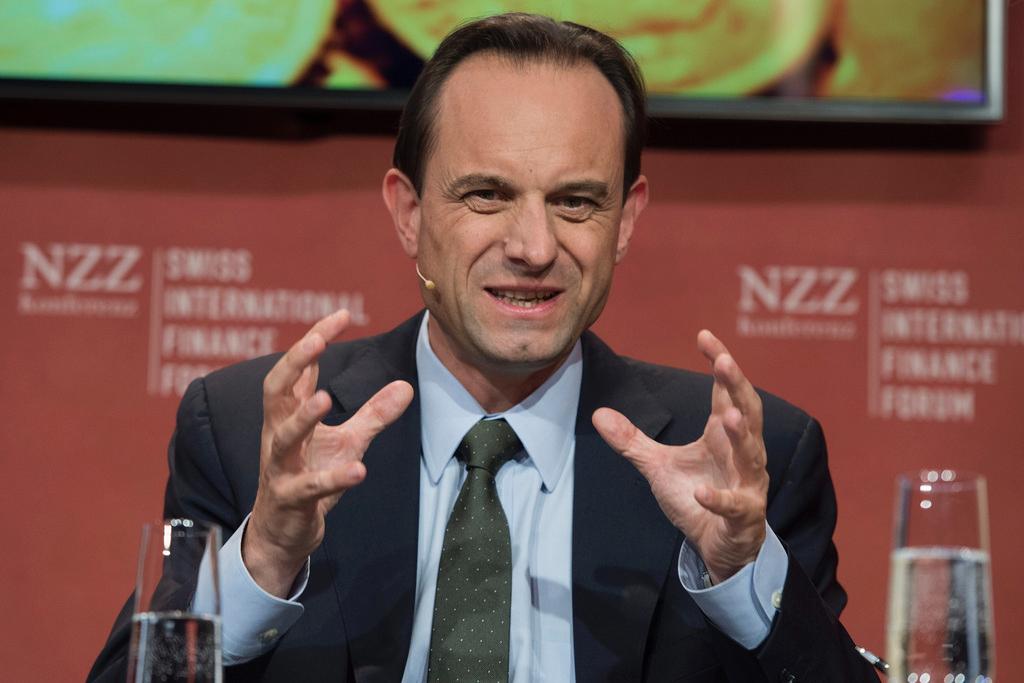Bank regulator backs new ‘too big to fail’ measure

Switzerland’s head financial regulator, Mark Branson, has thrown his weight behind parliamentary plans to reduce the risk of big banks failing by forcing them to increase their capital reserve buffers.
On Thursday, the House of Representatives voted in favour of doubling the current minimum leverage ratios from 3% to 6% for UBS and Credit Suisse. A leverage ratio is the amount of core equity capital the bank holds aside to cover the risk of its loans defaulting.
Branson, head of the Swiss Financial Market Supervisory Authority (FINMA), told the Tages- Anzeiger newspaper on Friday that Switzerland currently lags behind countries, such as the United States and Britain, in setting suitable leverage ratios.
“Switzerland should be the international leader in terms of weighted and unweighted capital requirements for big banks,” Branson said in the interview. “Certain countries have caught up here or even overtaken us.”
The House of Representatives has gone some way to redressing the balance, but the issue must go before the Senate and a possible referendum before the measure makes it onto the statute book. The parliamentary process is expected to last another six months.
A leverage ratio of 6% would require “too big to fail” – or systemically relevant – banks to cover 6% of their entire lending exposure with their most liquid assets. In the event of a financial crisis, a bank would immediately be able to cover 6% of loan defaults.
Leverage ratios are seen as the most ‘pure’ way of assessing a bank’s robustness because risk weighted buffers rely on the banks accurately assessing levels of risk according to their own internal models.
Current rules already strict
Switzerland has already imposed some of the world’s strictest too big to fail regulations on its biggest banks – UBS, Credit Suisse, Zurich Cantonal Bank, the Raiffeisen group and most recently the financial services arm of the state-owned post office Post Finance.
The so-called Swiss Finish rules, that go well beyond the international standard, already imposes capital buffer rules on large banks’ most risky bets (risk weighted assets). In addition, these banks must also put aside a counter-cyclical buffer during good times to cover rainy days.
At the end of June, UBS had a 4.7% leverage ratio while Credit Suisse was at 4.3%.
In December of last year, a government appointed team led by economist Aymo Brunetti, presented its report into the too big to fail question. The Brunetti report concluded that UBS and Credit Suisse, which are larger and have greater global investment banking exposure than the other systemically relevant banks, should also beef up their leverage ratios.
In the Tages Anzeiger interview, Branson agreed with this finding. “I share the view of the Brunetti expert group that the problems would still not be resolved even if all requirements of the current law are met [by the end of 2018]. Further adjustments are necessary,” he said.

In compliance with the JTI standards
More: SWI swissinfo.ch certified by the Journalism Trust Initiative










You can find an overview of ongoing debates with our journalists here . Please join us!
If you want to start a conversation about a topic raised in this article or want to report factual errors, email us at english@swissinfo.ch.